Bankruptcy, Repossession, and Foreclosure Resources
The Bankruptcy Attorneys at Braziel Law Are Here to Help You!
Do you need guidance through your Chapter 7 or Chapter 13 bankruptcy, foreclosure, vehicle repossessions, and other related bankruptcy items? At Braziel Law, our bankruptcy attorneys and debt agents have compiled an extensive list of resources to help you. If you are unable to find the bankruptcy information you need here, contact us, we are here to help you!
Valuable Information on Chapter 7 & 13 Bankruptcy and Other Debt-Related Issues
Find answers to the most frequently asked questions about bankruptcy, foreclosures, vehicle repo, wage garnishments, creditor harassment, and more by visiting the FAQ page. We also have an extensive collection of resources and articles on our blog to help ease your bankruptcy and debt-related worries.
Do I Qualify for Bankruptcy?
Wondering if you qualify for Chapter 7 or Chapter 13 Bankruptcy? Our 5-Step Process can help determine your status.
Bankruptcy Checklist
Find out how to prepare for your bankruptcy consultation, including information on the documents, and other paperwork needed! Find our Bankruptcy Checklist here!

Hear From Our Happy Clients
At Barbara B. Braziel Attorney At Law, your satisfaction is our priority! See for yourself what our clients have to say about working with us.
-
"We are extremely happy with their job on our bankruptcy case! Definitely recommend them! The team was thorough and provided knowledgeable advice in a professional manner. They made sure we understood every step."- Laura K.
-
"What an amazing group of bankruptcy experts. I’m very satisfied with their work, and the advice they were able to provide. Our bankruptcy case was much easier thanks to your service. Thank you again for the great work!"- Jackson M.
-
"This firm provides personalized service and support to their clients. I feel like the weight of the world has been lifted off of my shoulders. There is no way to express how much this team changed my life for the better. I can breathe again!"- Nick B.